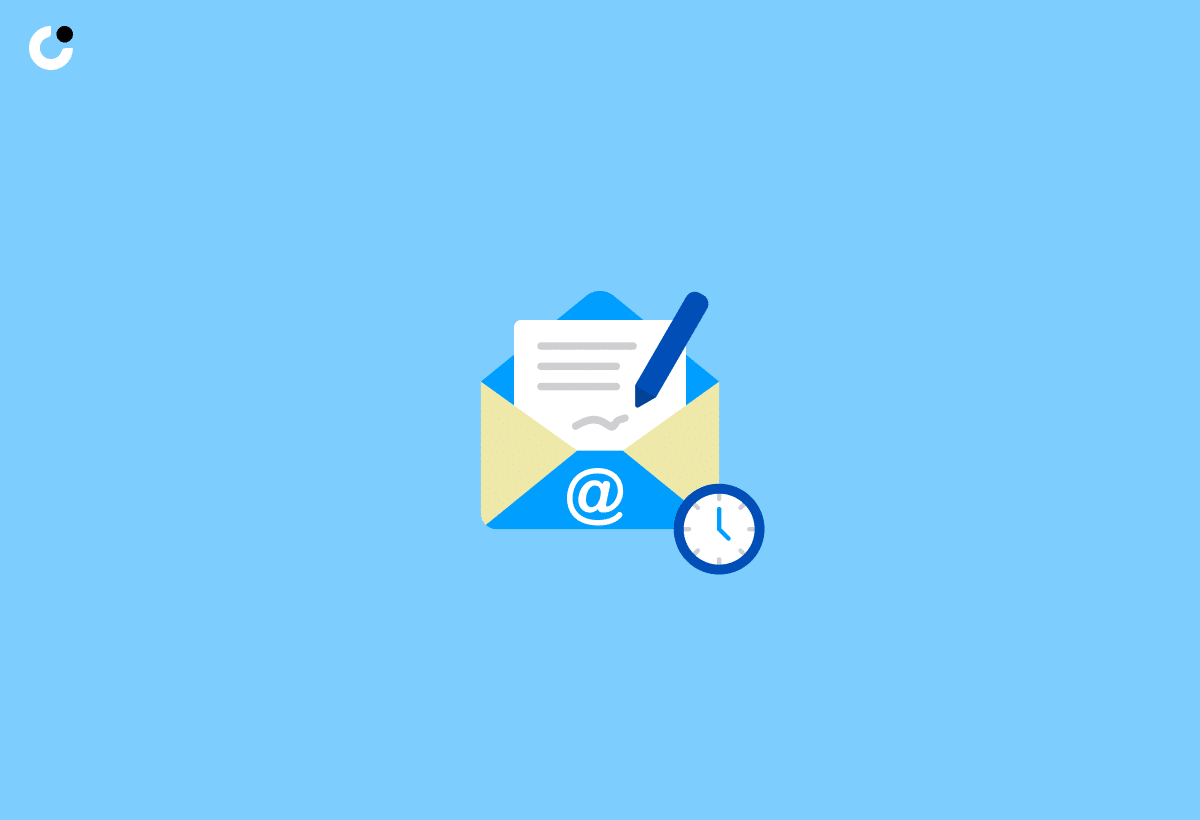Ready to request some well-deserved time off but unsure how to do it effectively? In this comprehensive guide, we'll walk you through the key components of writing a successful vacation request email. From structuring your email with a clear subject line and opening salutation to including important details like the reason for leave and contact information, we've got you covered. We'll also provide you with examples, best practices, and answers to frequently asked questions to ensure your request is professional and persuasive. So, let's get started on crafting that perfect vacation request email!
Key Takeaways:
Be clear and concise in your email subject line and state the reason and duration for your leave. Keep the opening salutation polite and professional.
Show appreciation and provide contact information during your absence. Be mindful of your timing and coordinate with colleagues.
Follow up with a polite email for the status of your vacation request. Prepare for your absence and communicate with your manager professionally.
How to Write an Effective Vacation Request Email

Crafting an effective vacation request email is crucial for communicating your leave plans clearly and professionally.
When structuring your vacation request email, it is essential to start with a clear subject line that indicates the purpose of the email. Keep the body of the email concise and to the point, outlining the dates of your intended leave, any pertinent details, and your contact information. Using straightforward and professional language will ensure that your message is easily understood by the recipient.
If your vacation request is of an urgent matter, be sure to clearly convey the importance and time-sensitivity of your leave. This can help expedite the approval process and ensure that your request is given the necessary attention.
Part 1: Structuring Your Email

Properly structuring your vacation request email sets the tone for a clear and effective communication process with your manager.
When drafting your email, start with a descriptive subject line that clearly indicates the purpose and timeframe of your absence. A formal opening salutation such as 'Dear [Manager's Name]' is advisable.
Next, briefly state the reason for your leave, mentioning dates and any important project handovers. It is crucial to provide alternate contact information in case of emergencies.
Expressing gratitude for the opportunity to take time off and assuring that tasks will be managed efficiently in their absence shows professionalism.
Conclude with a polite closing, such as 'Best regards' or 'Sincerely,' followed by your signature containing your name and position.
1. Subject Line
The subject line of your vacation request email is the first thing your manager will see, so it's essential to craft it thoughtfully and informatively.
2. Opening Salutation
The opening salutation in your vacation request email should be respectful and address your manager appropriately.
3. Reason and Duration for Leave
Clearly stating the reason for your leave and the duration in your vacation request email is essential for your manager's understanding and approval process.
4. Contact Info during Leave
Including your contact information during your leave period in the vacation request email allows for seamless communication and coordination with colleagues and superiors.
5. Show Appreciation
Expressing gratitude and appreciation in your vacation request email demonstrates professionalism and courtesy towards your manager.
6. Closing Remark and Signature
Concluding your vacation request email with a professional closing remark and signature adds a final touch of formality and respect to your communication.
Part 2: Vacation Request Email Examples

Examining sample vacation request emails can provide valuable insights into crafting your own professional and effective leave requests.
By studying a variety of email samples, you can observe different styles, tones, and structures that can serve as inspiration for your communication. A well-crafted vacation request email should be clear, concise, and respectful. For instance, a formal email might begin with a succinct subject line, followed by a polite greeting and a brief introduction stating the purpose of the email. Providing specific dates and a reason for the vacation in a professional tone can help convey your request effectively. Remember to express gratitude and offer to discuss any necessary arrangements or handovers before your leave. Each email template reflects professionalism and sets a positive tone for the interaction with your employer.
Part 3: Best Practices for Requesting Time Off

Implementing best practices when requesting time off ensures a smooth process for both you and your team, minimizing disruptions and ensuring proper coverage.
One effective strategy is to plan your absence ahead of time, allowing ample opportunity for your colleagues and supervisor to prepare. Absence planning can involve delegating tasks, setting up automatic email responses, and informing key team members in advance to prevent any gaps in workflow.
Coordination with your colleagues is vital. Communicate your time-off schedule early, discuss any pending projects or deadlines, and collaborate on a plan for coverage during your absence. This proactive approach fosters a culture of mutual support within your team.
Sending timely reminders to your team about your upcoming absence can also help smooth the transition. A friendly reminder a week before and a day before your leave can prompt necessary clarifications, handovers, and adjustments to ensure minimal disruption.
While away, it's essential to handle urgent emails promptly. Set clear guidelines on what constitutes an emergency and provide alternative points of contact for urgent matters. This clarity and responsiveness will maintain the workflow and prevent any critical issues from slipping through the cracks.
1. Preparations
Proper preparations before sending a vacation request email help address any concerns or urgencies that may arise during your absence.
2. Coordinating with Colleagues
Coordinating with colleagues before your leave ensures that work responsibilities are covered, and tasks are managed efficiently in your absence.
3. Selecting the Right Timing
Choosing the appropriate timing for your vacation request increases the likelihood of your leave being approved and minimizes disruptions in work processes.
Part 4: Frequently Asked Questions

Addressing common queries about writing clear and effective vacation request emails helps individuals navigate the process with confidence and clarity.
In terms of determining the leave time you can request, it is essential to refer to your company's policies and individual employment contract for specific guidelines. Ensuring that your message is communicated in a clear language will help avoid any confusion.
In case you have urgent matters during your absence, it's advisable to notify and discuss them with your supervisor ahead of time. While on vacation, the extent support available to you might vary; hence, it's vital to plan accordingly.
What are some tips for writing a clear and concise time off request email?
When crafting a time off request email, focus on clarity and conciseness to effectively communicate your leave plans and expectations.
How can I professionally request time off for a vacation in an email?
Requesting time off for a vacation in an email requires a balance of professionalism and personalization to convey your plans clearly and respectfully.
What should be included in a vacation request email to your manager?
A vacation request email to your manager should contain essential details about your leave plans, ensuring transparency and clarity in your communication.
Are there any follow-up steps after sending a vacation request email?
After sending a vacation request email, it is advisable to follow up with reminders, keep relevant staff informed, and ensure that your absence is managed properly with adequate support.
Part 5: Follow-Up Email for Vacation Request Status

Sending a follow-up email to inquire about the status of their vacation request demonstrates professionalism and proactive communication, especially in urgent leave situations.
It is crucial to stay on top of the progress of your request, ensuring smooth handling of the situation. By sending a follow-up email, the recipient is not only showing accountability but also highlighting the importance of their leave.
Real challenges may arise, such as last-minute changes or overlapping schedules, emphasizing the need for clear communication. Crafting a polite yet assertive message can convey the importance of the matter without coming across as pushy or demanding.
Frequently Asked Questions
What is a polite way to ask for a vacation?
Crafting a polite vacation request email is a great way to ask for time off from work. It allows you to convey your request professionally and respectfully.
How do I start my vacation request email?
Begin your email by addressing your manager or HR representative with a polite greeting, such as “Dear [Name]†or “Hello [Name].â€
What should I include in my vacation request email?
Along with the dates you would like to take off, be sure to include a brief explanation of why you are requesting the time off and any important details, such as whether you will be reachable during your absence.
Is it necessary to give a reason for my vacation request?
This is entirely up to your company's policies. Some may require a reason for your request, while others may not. It's always best to be honest and provide a reason, but keep it professional and to the point.
How far in advance should I send my vacation request email?
It's recommended to send your vacation request email at least 2-3 weeks in advance, especially if you are requesting time off during busy work periods. This will allow your employer enough time to make arrangements and approve your request.
What if my vacation request is denied?
If your request is denied, don't get discouraged. You can politely follow up with your employer to discuss alternatives or see if there are any other dates that may work for both parties. It's important to be understanding and respectful of their decision.

